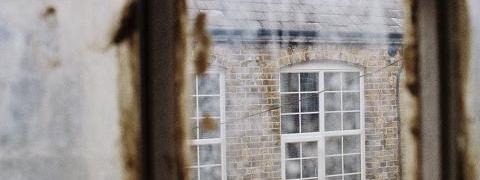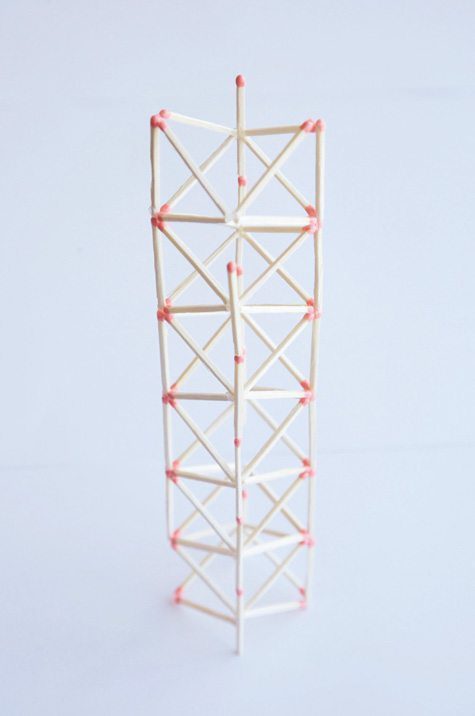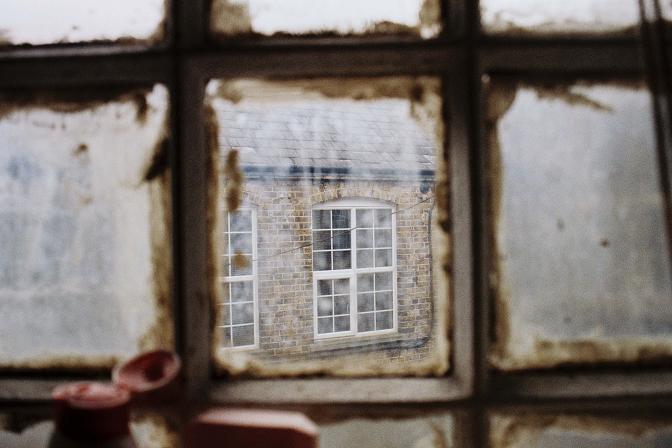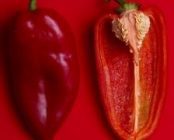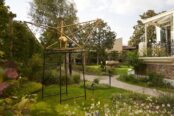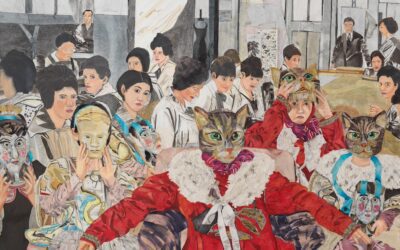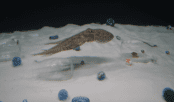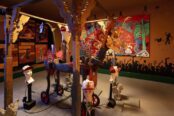Artists, we know, are society’s equivalent of the caged canary at the coalface.
An early warning system for the noxious gases that surround us, manifesting our concerns and our catastrophes before we are even conscious of them. And yet, so much chaff in the white noise of attention-seeking media ubiquity were it not for the curators, collectors, gallery-owners and critics who do the winnowing.
In a new series of articles, Trebuchet gives voice to the gatherers. First up is No Way‘s Charlotte Jansen.
Trebuchet: What first drew you to art?
Charlotte Jansen: Giambologna’s sculpture of Neptune, in Florence.
Trebuchet: How did your gallery start?
Charlotte Jansen: NO WAY started with a group of seven emerging artists working in different disciplines, all based in East London, we all shared an approach to art that was to present work in a really accessible way.
Trebuchet: How did you involvement begin?
Charlotte Jansen: I founded NO WAY and helped to put together our launch exhibition in June 2011 at the Print House Gallery, Dalston. Since then I’ve been involved with 10 exhibitions we’ve produced around East London.
Trebuchet: What is the vision for NO WAY?
Charlotte Jansen: To keep growing our audiences doing what we do, giving a platform to emerging level artists, and hopefully taking what we do to other cities around the world.
Trebuchet: Which artists typify the vision you have for your gallery?
Charlotte Jansen: It’s not about a particular style or aesthetic, we actually want to present a diverse range, but it’s more about an attitude. It’s important to be open-minded and quite adaptable.
Trebuchet: What do you dislike most about art?
Charlotte Jansen: Pretentiousness.
[box] Trebuchet: What do you dislike most about art? Charlotte Jansen: Pretentiousness.[/box]
Trebuchet: How would you define artistic controversy?
Charlotte Jansen: Artists who have lots of money.
Trebuchet: Do you think that controversy in is a positive force in art or a conceptual red herring?
Charlotte Jansen: It can be either. It’s hard to be truly controversial and at the same time questioning. If you set out to be controversial it rarely comes off.
Trebuchet: What’s been your biggest challenge?
Charlotte Jansen: Putting shows together without a permanent space, and with no budget.
Trebuchet: What’s been your biggest success?
Charlotte Jansen: All of our exhibitions have been really different, and really well-received. We loved working with Broken Fingaz crew from Israel, producing their first solo show, at the Truman brewery in April. That was our biggest production. I also loved our last group show, at JaguarShoes Film Gallery, as each artist made new film work, which was something new for us.
Trebuchet: Who are you five favourite artists and which pieces of theirs do you admire?
Charlotte Jansen: Emily Evans, Sophie Alda, John M F Casey, Leonie Lachlan, Katy Binks, Phil Harris and Hin. Oops that’s 7. I can’t choose between them. I like all of their work!
Trebuchet: Who do you think is the artist to watch at the moment and why?
Charlotte Jansen: I’m really excited to see how Emily Evans’ work develops in the next year. She’s been doing some wicked collaborations lately with some independent record labels, and starting to work on some animations. She produces beautiful stuff no matter what the format is. I always look forward to seeing what she’s cooked up.
Trebuchet: What does the future hold?
Charlotte Jansen: This week we’re opening our first show outside London, with the photographer Anna Balecho, in Lisbon.
We’ve got a solo exhibition by John M F Casey at the Wayward Gallery opening later in the month which I’m really excited about. He’s building a semi-fictional cult, with a performance on Halloween re-enacting the initiation ritual. It’ll be weird…
Katy Binks has a solo show at EXHIBIT gallery opening after that in November which will be really different, but equally great. Then we’re doing a pop-up at HUH. in Dalston for Xmas involving all the artists.
[button link=”http://www.no-way.org.uk/” newwindow=”yes”] NO WAY[/button]

The aim of art is to represent not the outward appearance of things, but their inward significance. – Aristotle

